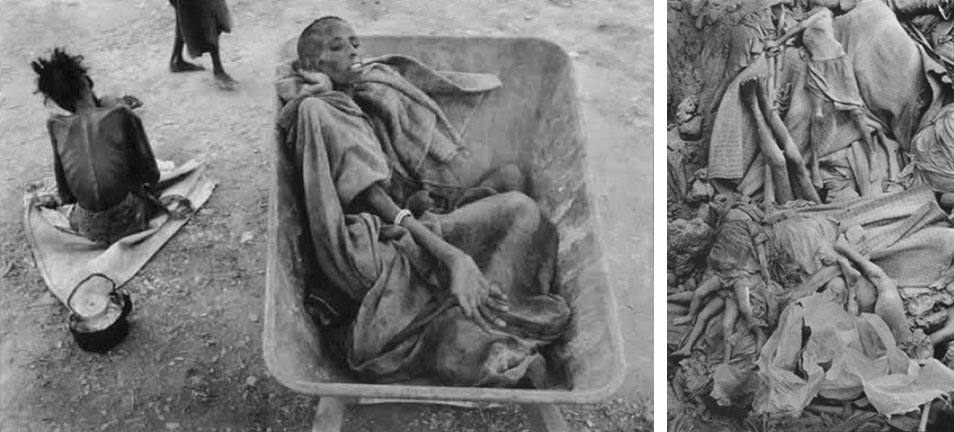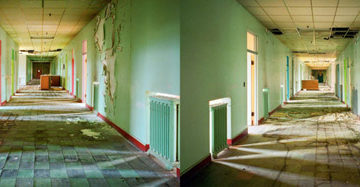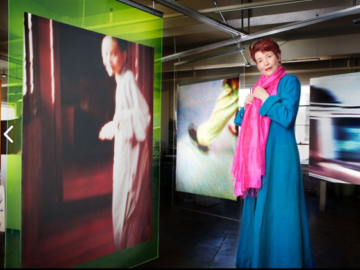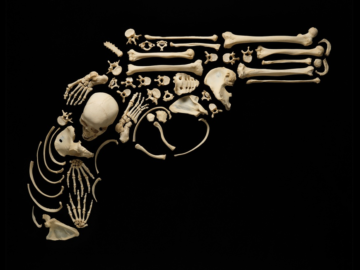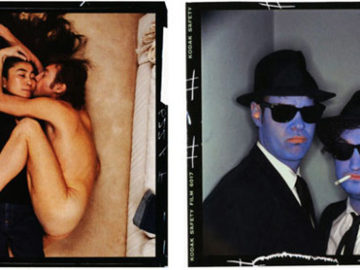
In Graphis Magazine 294, writer Rita D. Jacobs profiled the great American photojournalist James Nachtwey. Nachtwey has worked with TIME magazine as a contract photographer since 1984. He was a member of Magnum Photos from 1986 until 2001. In 2001, he became a founding member of the VII Photo Agency. During the September 11, 2001 attack on the World Trade Center, Nachtwey produced a relevant, well known body of work featuring the tragedy. He also compiled a photo essay on the effects of the Sudan conflict on civilians, some of which can be seen here.
There is nothing casual about James Nachtwey’s photographs of war, famine, and social crisis. Each brings the viewer into the line of fire, compelling us to identify with the almost unbearable pain of human suffering. Nachtwey has been taking pictures of war since 1981, when he decided to cover the troubles in Northern Ireland.
As a photojournalist, he’s almost always on the road, especially rough roads in Lebanon, Nicaragua, Afghanistan, the West Bank, Somalia, Sri Lanka, South Africa, and Rwanda.
Now at the top of what has been portrayed as a macho, swaggering profession, Nachtwey is something of a study in contradictions. He certainly doesn’t swagger into the Soho offices of Magnum, his photo agency. To those who work with him, he’s a gentle man who wears his fierce integrity and intelligence with grace. His slightly weathered good looks make him a contemporary Gary Cooper, yet he seems remarkably lacking in vanity or the self-advertising impulse of many high-profile journalists.
Nachtwey has survived situations equivalent to those in action-adventure movies. However, he’s quiet about this aspect of his career, preferring to talk about his photographs or his brief, refueling respites of fly-fishing in Montana.
Nachtwey’s work is his passion, his calling, and it’s been that way for a long time. During the turmoil of the late 1960s he was at Dartmouth studying art history and political science. Even though he didn’t go to Vietnam, the war still changed his outlook on the world. Moreover, the way he saw Vietnam determined his career choice.
“I became a photographer in order to become a war photographer,” he says. “Still photography, more than anything else, revealed to me the truth of what was going on in Vietnam. While our political leaders were saying one thing, still photography was saying another…and I believed the still photography. It was more powerful than TV and more intimate — it humanized the war by showing what was happening on the ground to ordinary people. Still photography went way, way beyond the rhetoric of politicians. It moved me and I think it moved our nation. That’s what made it worth doing.”
James Nachtwey in Graphis:


